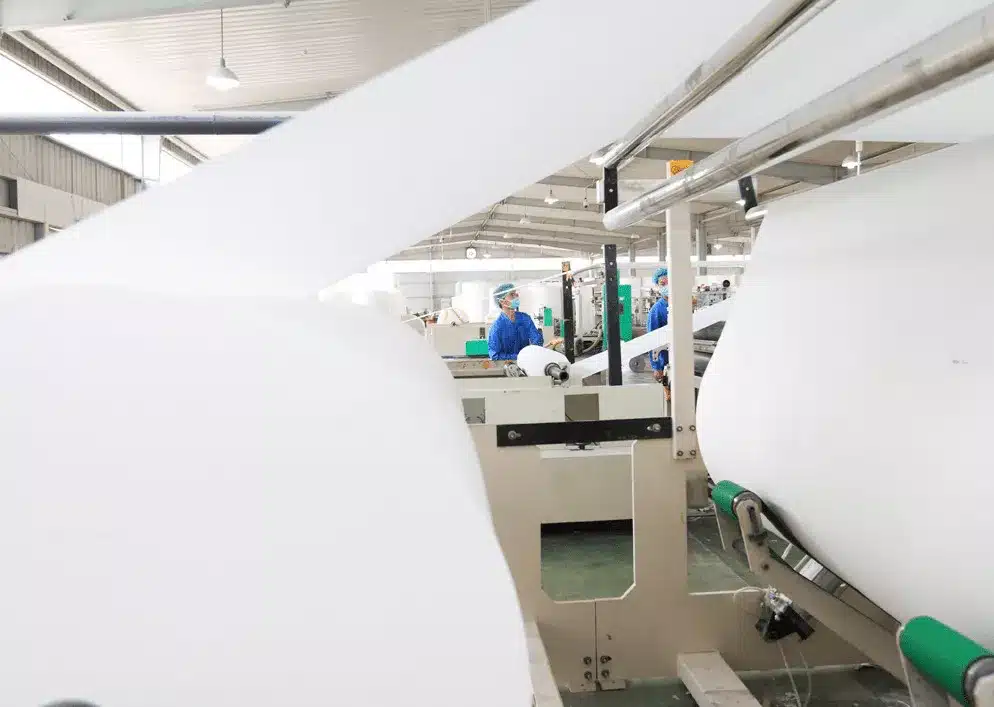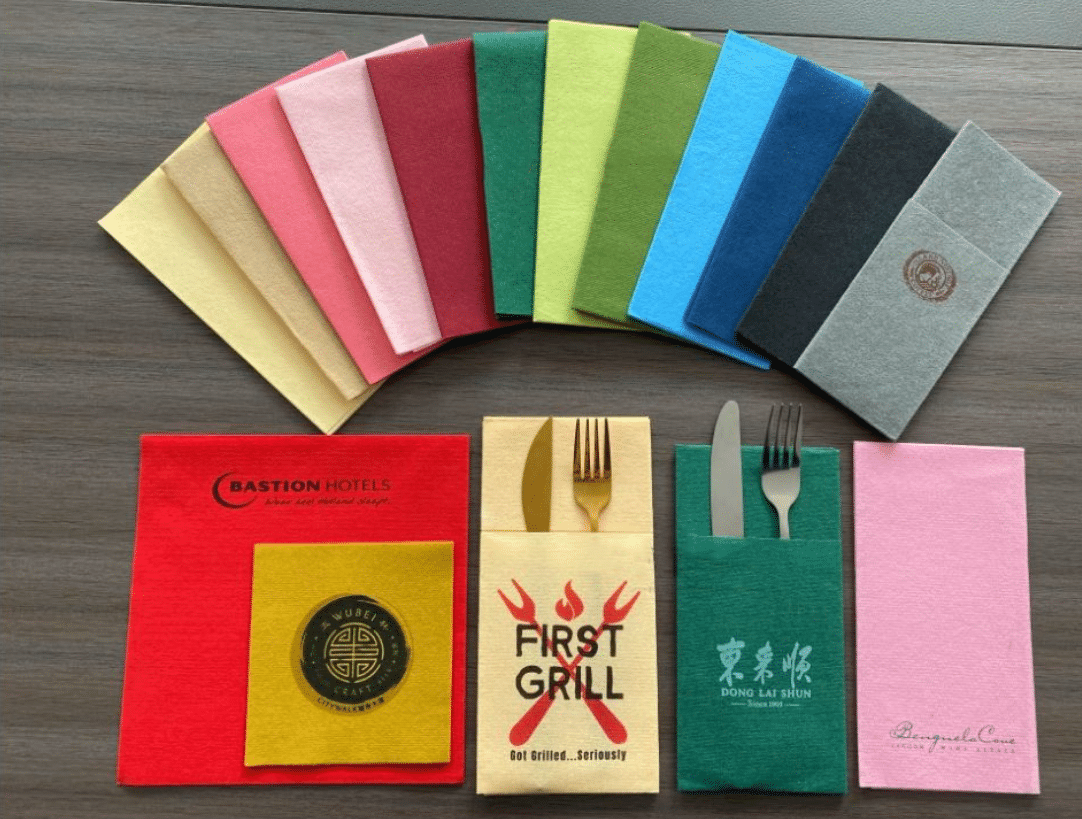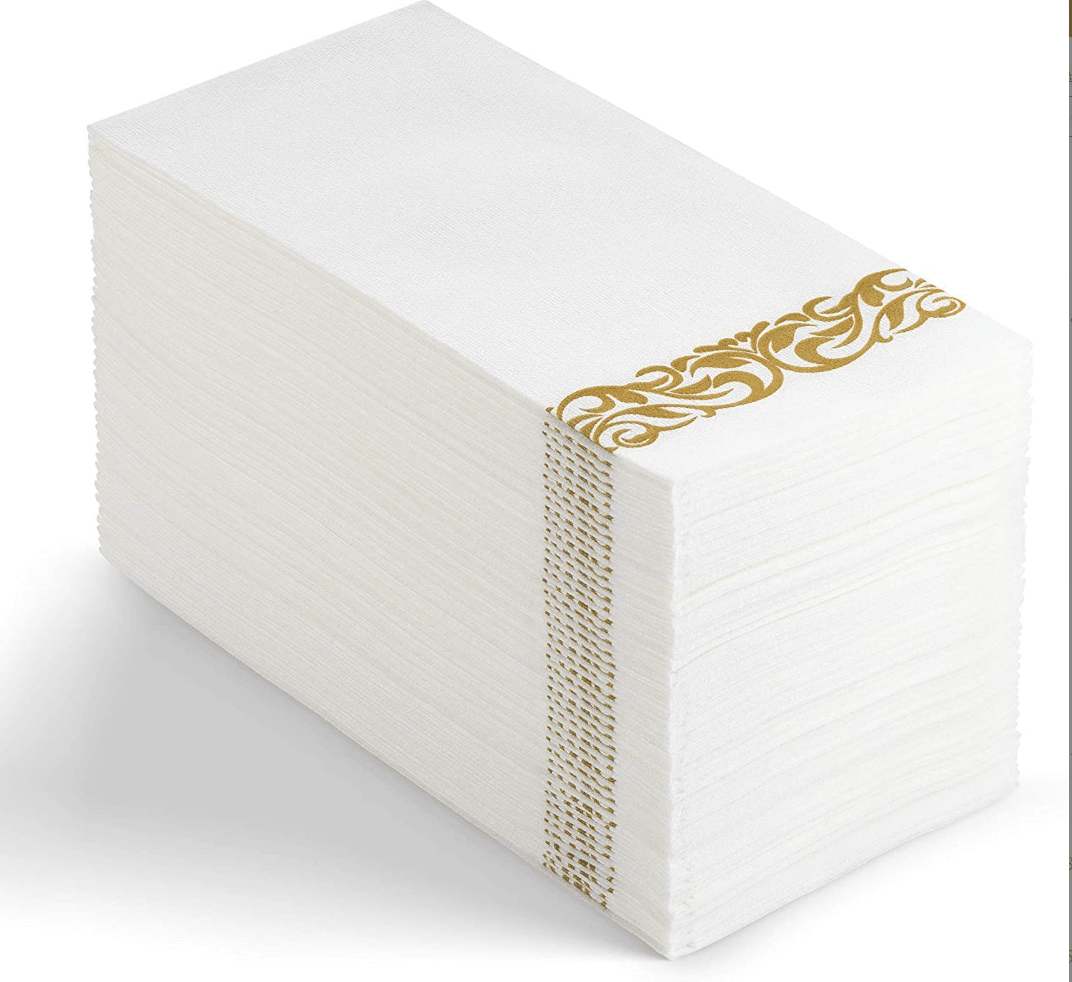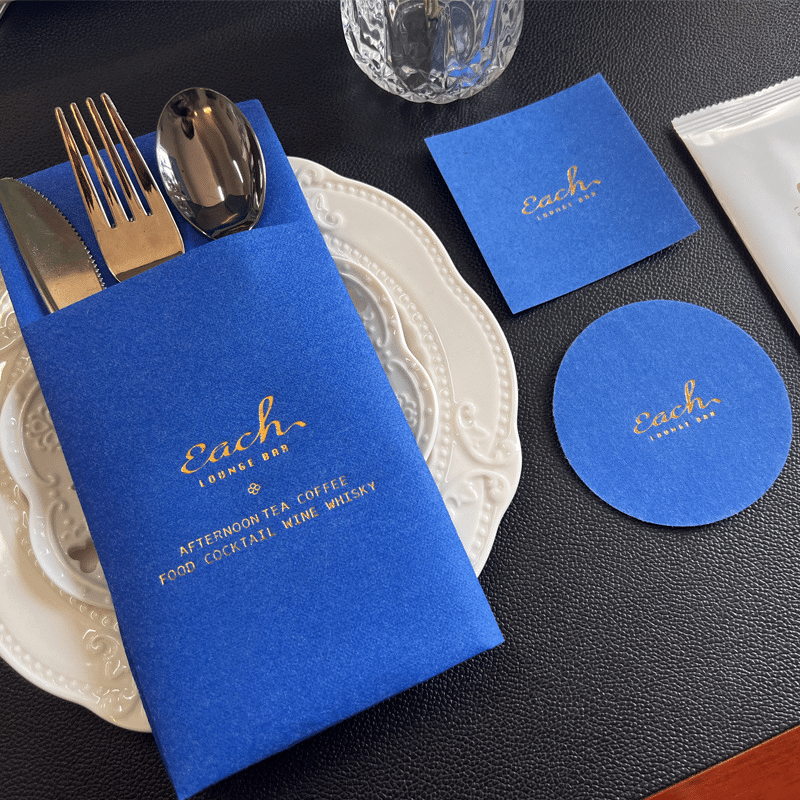In today’s rapidly evolving world, the demand for innovative and sustainable materials is at an all-time high. Airlaid paper, often referred to as air-laid nonwoven, has emerged as a remarkable solution that combines exceptional absorbency, versatility, and eco-friendliness. This article delves into the world of airlaid paper, exploring its production process, applications, and environmental benefits.
Table of Contents
I. Understanding Airlaid Paper Manufacturing
I.1 What is Airlaid Paper?
Airlaid paper is a specialized form of nonwoven material known for its outstanding absorbency. Unlike traditional paper-making methods, airlaid paper production involves dispersing fibers in the air before binding them together. This process results in a material that excels in absorbing liquids and is widely used in various industries.
I.2 The Role of Airlaid Paper Manufacturers
Airlaid paper manufacturers play a crucial role in the production of this remarkable material. They are responsible for carefully selecting and preparing fibers, creating the nonwoven web, and applying bonding techniques to enhance the material’s strength and absorbency.
II.The Manufacturing Process
2.1 Fiber Selection and Preparation
Air laid paper begins with the careful selection of fibers. These can include pulp, synthetic fibers, and even superabsorbent polymers. Each type of fiber contributes to the material’s unique properties, such as softness and absorbency.
2.2 Web Formation
Once the fibers are selected, they are dispersed in the air to form a loose web. This web is then transported onto a moving belt, where it begins to take shape.

2.3 Bonding and Finishing
To transform the loose web into a cohesive material, bonding techniques are applied. This can involve the use of heat, pressure, or even adhesives. The result is a strong and absorbent airlaid paper ready for various applications.
III. Applications and Industries
3.1 Hygiene and Personal Care
Airlaid paper is a staple in the hygiene and personal care industry. It’s used to create products like absorbent hygiene pads, adult diapers, and baby wipes.
3.2 Food Service and Hospitality
In the food service and hospitality sector, airlaid paper shines as a convenient solution. It’s used to create disposable napkins, disposable paper tablecloths, and tray liners.
3.3 Medical and Healthcare
The medical and healthcare fields rely on air laid paper for its superior absorbency. It’s used in wound dressings, surgical drapes, and other medical applications.
IV. The Human Touch in Manufacturing
4.1 Skilled Workforce in Airlaid Production
Behind the machines and technology, a skilled workforce plays a vital role in air laid paper manufacturing. Their expertise ensures that the production process runs smoothly and yields high-quality results.
4.2 The Balance Between Automation and Craftsmanship
While automation has streamlined many aspects of manufacturing, the craft of producing airlaid paper requires human expertise. Balancing automation with skilled craftsmanship is essential to maintain product quality
V. Impacts on Everyday Life
4.1 Airlaid Paper's Ubiquitous Presence
Air laid paper’s influence extends to various aspects of daily life, from personal hygiene to dining experiences. Its presence enhances convenience and comfort for people around the world.
4.2 Enhancing Convenience and Comfort
Whether it’s providing a soft touch in personal care products or offering a convenient cleanup solution, air laid paper enhances our daily experiences in countless ways.




